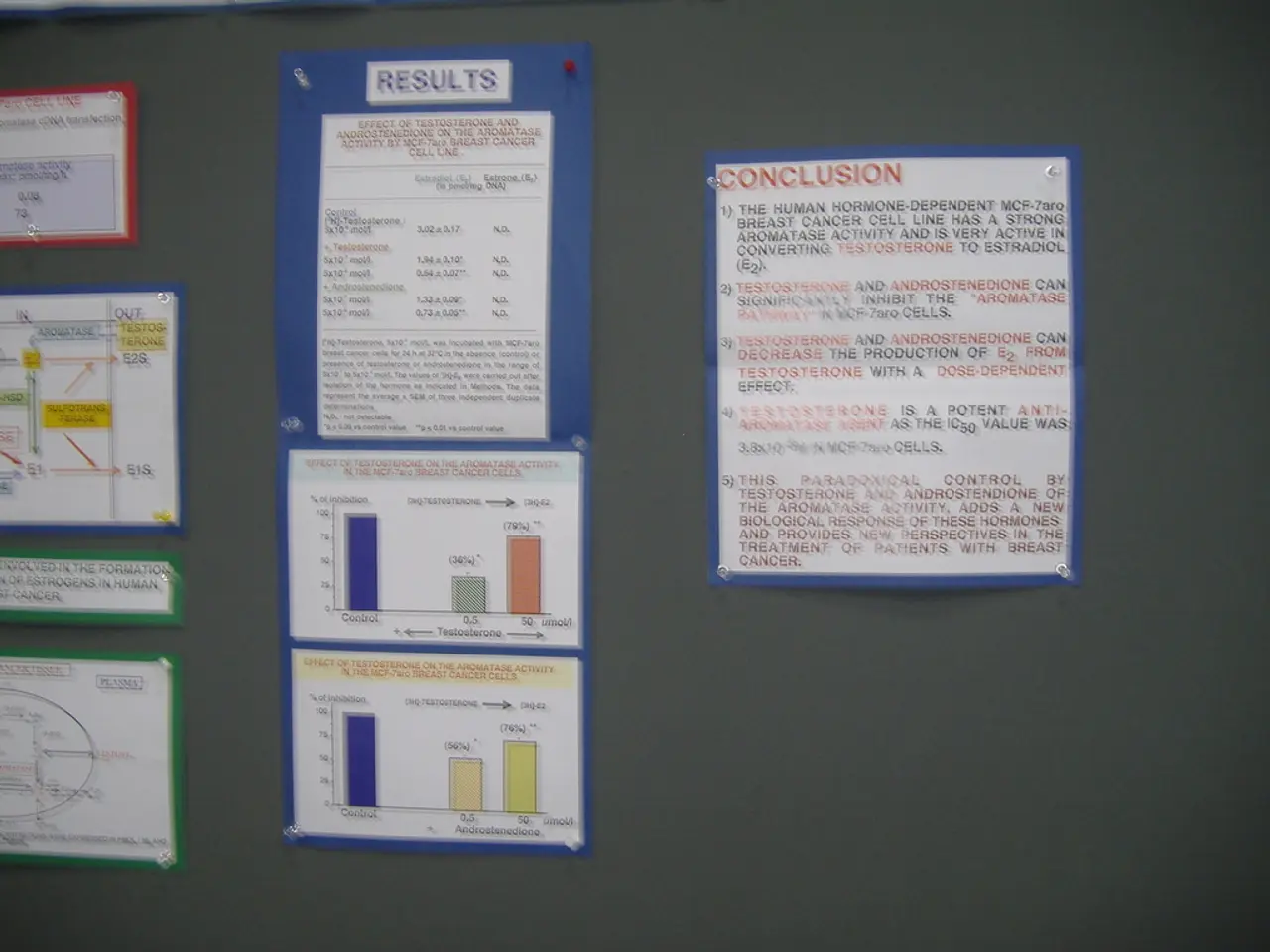Documenting Business Procedures: Template and Sample Illustrations
In today's fast-paced business environment, clear and concise process documentation is essential for ensuring efficiency and consistency across teams. Various templates are available to help organisations create well-structured process documentation, catering to a wide range of needs.
One such template is the Software Technical Documentation Flowchart (Template #15). This dichotomous flowchart template provides a clear and actionable guide for team members to prepare detailed documentation for software programs or IT-related projects.
Another valuable template is the Marketing Process (Template #13), a color-coded roadmap infographic that maps out a marketing strategy from start to finish, aiding in improving efficiency and team collaboration.
The process of creating a process document involves several key steps. First, you should identify the process and define its scope. Next, gather information and organize the steps, define roles and responsibilities, note deviations from the normal process flow, establish control points, review, test, and modify the process, implement the process and monitor progress.
Types of process documentation include brand guidelines, video tutorials, screenshots, images, and GIFs, charts, graphs, and infographics, slideshows, tutorials, training manuals, forms, policy documents, onboarding documents, flowcharts, process maps, white papers, checklists, performance review guidelines, customer support guidelines, quick reference guides, and more.
Examples of process documents include workflows, standard operating procedures (SOPs), checklists, process maps, business process improvement reports, and medical process documents. Common templates for creating such documents feature step-by-step instructions, clear process scopes, boundaries, inputs, outputs, involved roles, and sometimes visual elements like flowcharts or checklists.
Standard Operating Procedure (SOP) Templates outline steps for recurring processes, like employee expense claims, with an emphasis on clarity and consistency. Process Maps are visual diagrams that show the sequence of steps and decision points in a process, often used to analyze and improve workflows. Checklists are simple, easy-to-follow lists used to ensure all steps or items are completed, suited for straightforward tasks.
Business Process Improvement Reports documents focus on identifying inefficiencies and suggesting improvements within a process. Procedure Documents are formal templates that include fields for time, date, contact details, and step descriptions, designed for easy editing and branding customization.
Common elements in effective process document templates include the process name and purpose, scope and boundaries, inputs and outputs, detailed step-by-step instructions, roles and responsibilities, and visual aids like flowcharts or icons for easier comprehension. These templates are often customizable via online tools or software programs, enabling organizations to maintain branding consistency and process clarity across their teams.
Examples of providers of such templates include Venngage, Template.net, and Document360, which offer editable and printable templates designed for various industries and process types.
Other examples of process documents include employee onboarding checklists, performance review guidelines, equipment inspection and maintenance procedures, billing and collection documents, content editing and publishing guidelines, customer support guides, software documentation (API documentation), and more.
Documenting processes can help employees, vendors, and other people gain a better understanding of your business. It also enables managers to identify tasks that can be automated, saving valuable time and resources. Furthermore, it helps document your process, monitor business and employee performance, and establish control and preserve knowledge for future use.
By standardizing processes and writing them down, you can identify bottlenecks and inefficiencies, optimize processes, and reduce the chances of errors. Documentation ensures clarity and eliminates the ambiguity of roles and responsibilities.
In conclusion, process documentation is a powerful tool for businesses, offering numerous benefits from improved efficiency to increased transparency. By utilising the wide range of templates available, organisations can streamline their operations and ensure a consistent, high-quality approach to process management.
- In the realm of IT projects and software programs, the Software Technical Documentation Flowchart (Template #15) is an indispensable resource, as it provides a clear, actionable guide for team members to prepare detailed documentation.
- Besides software-related projects, the Marketing Process (Template #13), a color-coded roadmap infographic, is valuable for businesses aiming to improve efficiency and team collaboration by mapping out a marketing strategy from start to finish.




